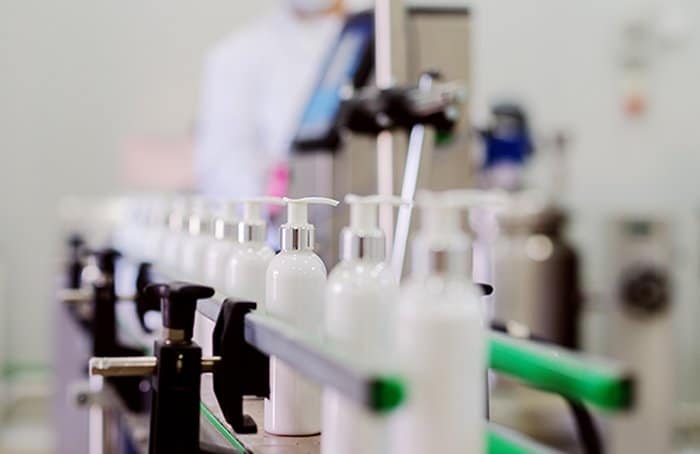The global beauty industry was estimated at $532 billion just two years ago and is expected to increase to over $800 billion by 2023, according to market research. This represents a Compound Annual Growth Rate (CAGR) of over 7.1% between 2018 to 2023.
New trends are driving change in the category, such as the entry of traditional retail brands like Lululemon Athletica into the beauty and personal care space. With these new trends, the demand for increased transparency and a surging interest in sustainable cosmetic options have all contributed to an increased interest in the beauty category as we enter a new decade of growth.
Like an uninvited guest, the complexity of regulatory compliance and quality assurance for beauty brands continues to grow presenting new challenges to development and commercialization teams alike.
Compliance and Quality Control for the Beauty Industry

In the United States, all cosmetics are regulated by the FDA. In recent years, product claims have come under increasing scrutiny forcing industry giants and nimble startups to change their approach for marketing communication. Quality teams supporting development and commercialization activities have shouldered the burden of trying to meet changing Federal Food, Drug, and Cosmetic Act (FD&C Act) and the Fair Packaging and Labeling Act (FPLA) to substantiate product claims with antiquated or siloed systems.
The manufacturing and sale of cosmetics within the EU are regulated under Regulation EC 1223/2009, which gives authorities the right to take necessary corrective actions in the event that a product is deemed non-compliant with safety guidelines outlined in the law. These corrective actions may include requiring a product recall and requesting a report of remedies for non-compliance issues from the responsible person or company.
The Elements of Quality Assurance
Companies that manufacture and market cosmetics are responsible for ensuring the safety of those products, from the raw materials used in their production to the packaging used for distribution of the final product. Maintaining high quality in the beauty industry includes the following:
- Understanding consumer insights and
- Traceable performance testing to substantiate marketing claims
- Proper selection of high-quality raw materials for product manufacturing
- Formulation research, safety testing, and strict regulatory compliance
- Safety in material storage and handling
- High-quality packaging materials and processes
- Maintenance of proper records regarding quality control
How can manufacturers and distributors in the beauty industry manage all these aspects of quality assurance and produce products in a timely and cost-effective way at the same time?
Specification Management Software Enhances Quality Control for Beauty
Specification Management software provides the answer. SDM allows manufacturers to take control of their data at a granular level. As a single data repository for packaging, products, formulas, ingredients, and raw materials, SDM provides comprehensive 360-degree visibility in real-time.SDM enables all players in the supply chain, from brands and manufacturers to distributors and retailers, an easy way to manage raw materials, ingredients, formulas, and packaging material specs from one single source of truth. This unified and simple approach to specification management processes makes SDM a powerful tool for the beauty industry.
Top Quality Assurance Advantages Specification Data Management Provides
Here are just a few of the quality assurance results that can be achieved by effectively using SDM software:
- Reduction of recall risk
- Better data access for regulatory reporting
- Reduction in costs associated with defects
- Increase in supplier compliance
- Increased traceability of performance-driven claims
- Reduction of mislabeling incidents
- Increased visibility to sustainable initiatives
- Improved communications between manufacturers and brands
The Bottom Line
Companies that manufacture and market beauty products are tasked with satisfying consumer demand for high-quality products while maintaining regulatory compliance, and finding ways to do both in a cost-effective, time-saving way. Specification Data Management software helps manufacturers, suppliers, and vendors meet all of these goals by providing a comprehensive, real-time view of business products and processes at the granular spec level. To learn more about why Specification Data Management is the Future of Supply Chain, download our ebook today.
Explore More Blogs
Get Started
With Specright’s Solution Suite, you can digitize, centralize, and link your specification data to drive efficiencies, intelligence, traceability, and collaboration within your organization and across your supply chain network.




